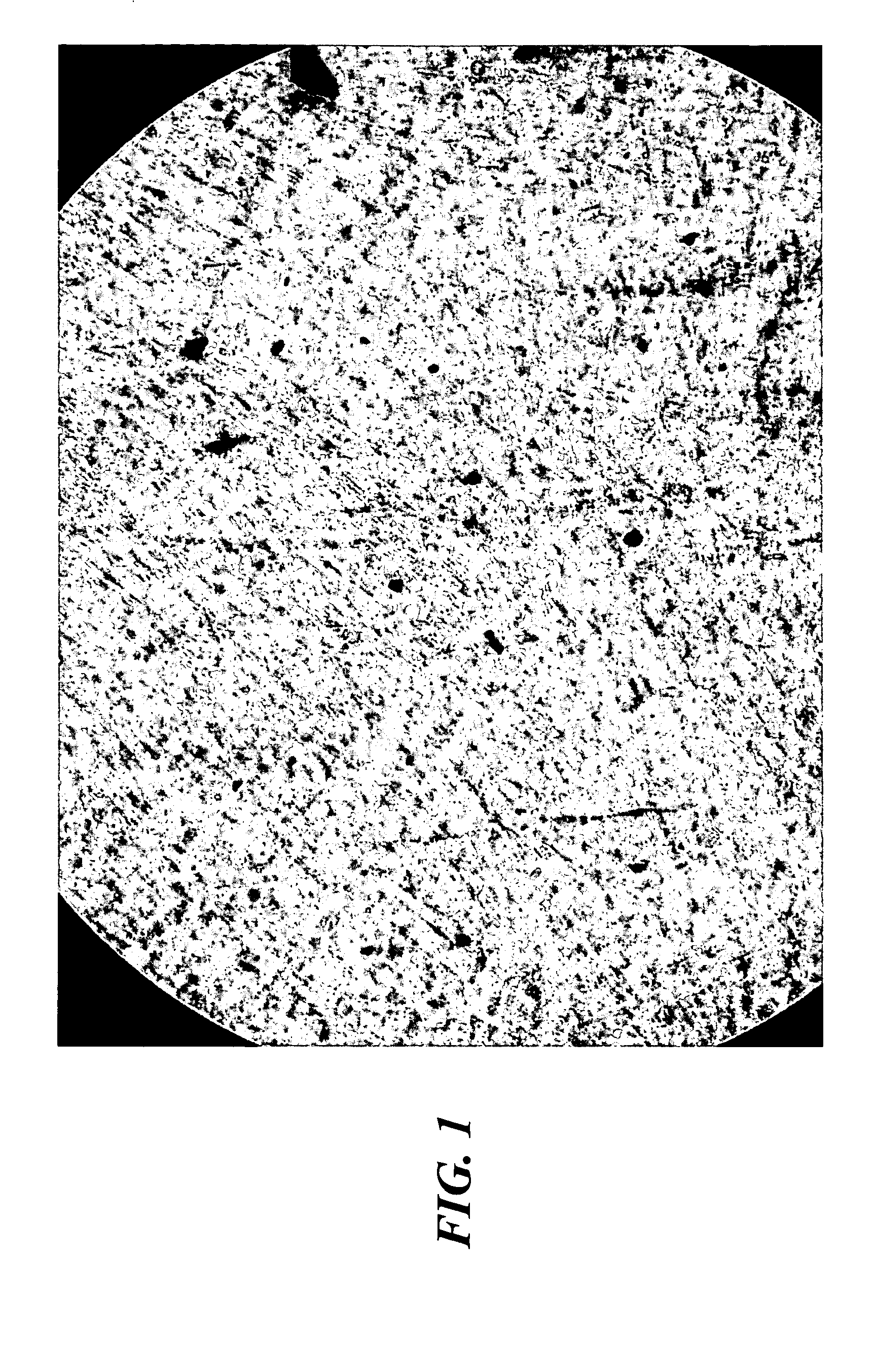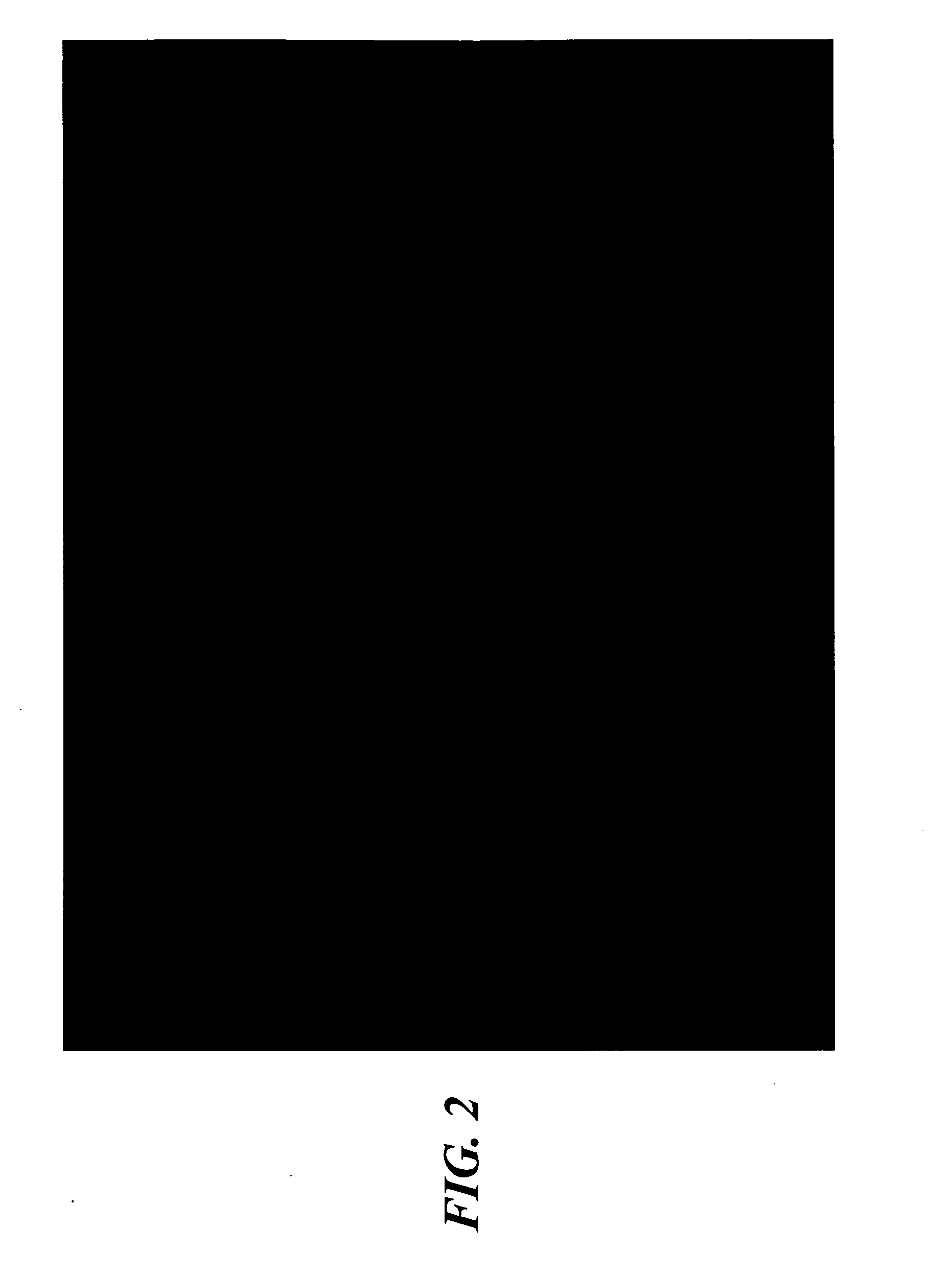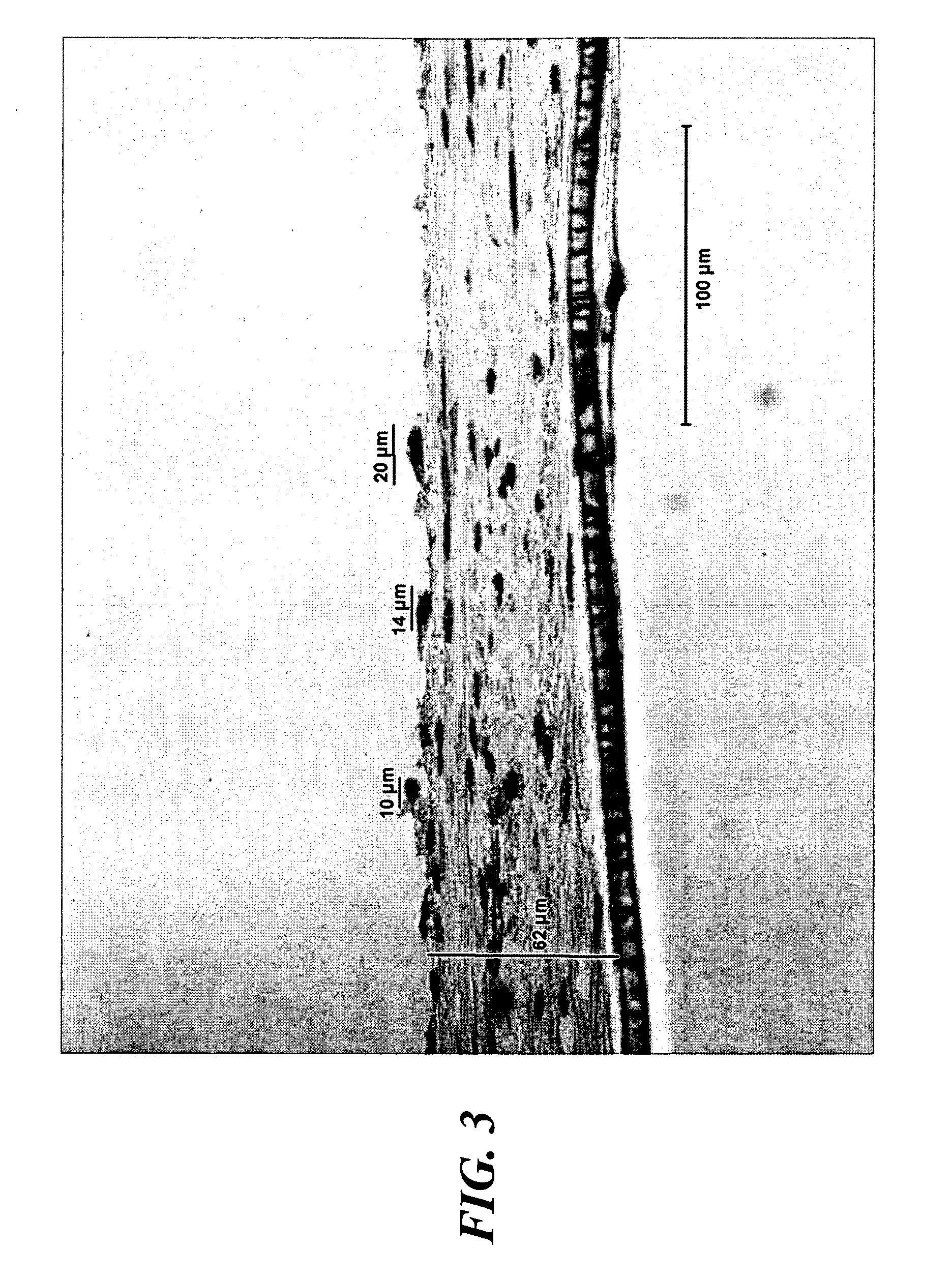Autogenic living scaffolds and living tissue matrices: methods and uses thereof
a technology of living scaffolds and living tissue matrices, applied in the field of living scaffolds, can solve the problems of limited durability of mechanical devices, imperfect matches, tissue complications, etc., and achieve the effect of preventing host rejection and tightening and strengthening
- Summary
- Abstract
- Description
- Claims
- Application Information
AI Technical Summary
Benefits of technology
Problems solved by technology
Method used
Image
Examples
example 1a
Serum-Free Chemically-Defined Medium for Growing Fibroblast ALS—“fALS Medium” or “Matrix Media”
[0122] One embodiment of a chemically defined media formulation in accordance with the present invention contains:
[0123] A 3:1 ratio of DMEM (high glucose (4.5 g / L); with L-glutamine and sodium pyruvate) and Ham's F12 medium supplemented with the following components: [0124] 4.2×10−10M Epidermal Growth Factor (in human serum albumin) [0125] 2.8×10−10M Basic Fibroblast Growth Factor [0126] 8.6×10−5M insulin [0127] 1.0×10−7M dexamethasone [0128] 3.2×10−4M L-ascorbic acid phosphate magnesium salt n-hydrate [0129] 2×10−10M L-3,3′,5-triiodothyronine [0130] 10−4M ethanolamine [0131] 3.9×10−8M selenious acid [0132] 4×10−3M Glutamax™[0133] 3.3×10−6M glutathione (reduced) [0134] 1% penicillin / streptomycin / amphotericin B
[0135] In addition, other embodiments and variations of the above-listed medium may contain additional components, such as any one or more of the following components: [0136] Plate...
example 1b
Serum-Free Chemically-Defined Medium for Growing Neuronal Cells / Tissue—“Neural Medium”
[0141] One embodiment of a chemically defined media formulation in accordance with the present invention contains:
[0142] A 2:3 ratio of DMEM / F12 and Neurobasal Medium (see Gibco-Invitrogen Corporation at www.invitrogen.com, or www.invitrogen.co jp / focus / 161006.pdf) supplemented with the following components: [0143] 3×10−10M Fibroblast Growth Factor 2 [0144] 8.5×10−6 M D(+)galactose [0145] 6.0×10−8M progesterone [0146] 6.0×10−7M retinyl acetate [0147] 9.0×10−8M corticosterone [0148] 1.0×10−4M putrescine [0149] 1.0×10−5M carnitine [0150] 1.3×10−5M linoleic Acid [0151] 4.3×10−6M linolenic Acid [0152] 4.0×10−6M biotin [0153] 4.0×10−6M Trolox [0154] 1% penicillin / streptomycin / amphotericin B
In addition, other embodiments and variations of the above-listed medium may contain additional components, and concentrations may vary as required.
example 2
Production of Extracellular Matrix by Fibroblast Cells Isolated from the Dermis of Newborn Human Foreskin
[0155] Large numbers of fibroblast cells were isolated from the dermis of newborn human foreskin. Cells were proliferated in cell culture flasks fed with DMEM Medium with 10% Nu-Serum (or FBS or BCS) for several weeks. After a few passages, the fibroblast cells were centrifuged at 1000 RPMs, the supernatant decanted, and the cells pooled. These pooled fibroblast cells were resuspended in ALS Medium as described above in Example 1, then seeded into TransWells™ or BD Falcon™ / BioCoat™ Cell Culture Inserts or 6- or 12-well plates or other small containers suitable for in vitro cell culture, at superconfluent conditions, whereby cell density was between about 200,000 to greater than about 1,000,000 cell s / cm2. The fibroblast cells were maintained at hyperconfluent conditions for about 3 weeks (or optionally about 1 week or longer than 10 weeks), during which time they were observed t...
PUM
 Login to View More
Login to View More Abstract
Description
Claims
Application Information
 Login to View More
Login to View More - R&D
- Intellectual Property
- Life Sciences
- Materials
- Tech Scout
- Unparalleled Data Quality
- Higher Quality Content
- 60% Fewer Hallucinations
Browse by: Latest US Patents, China's latest patents, Technical Efficacy Thesaurus, Application Domain, Technology Topic, Popular Technical Reports.
© 2025 PatSnap. All rights reserved.Legal|Privacy policy|Modern Slavery Act Transparency Statement|Sitemap|About US| Contact US: help@patsnap.com



